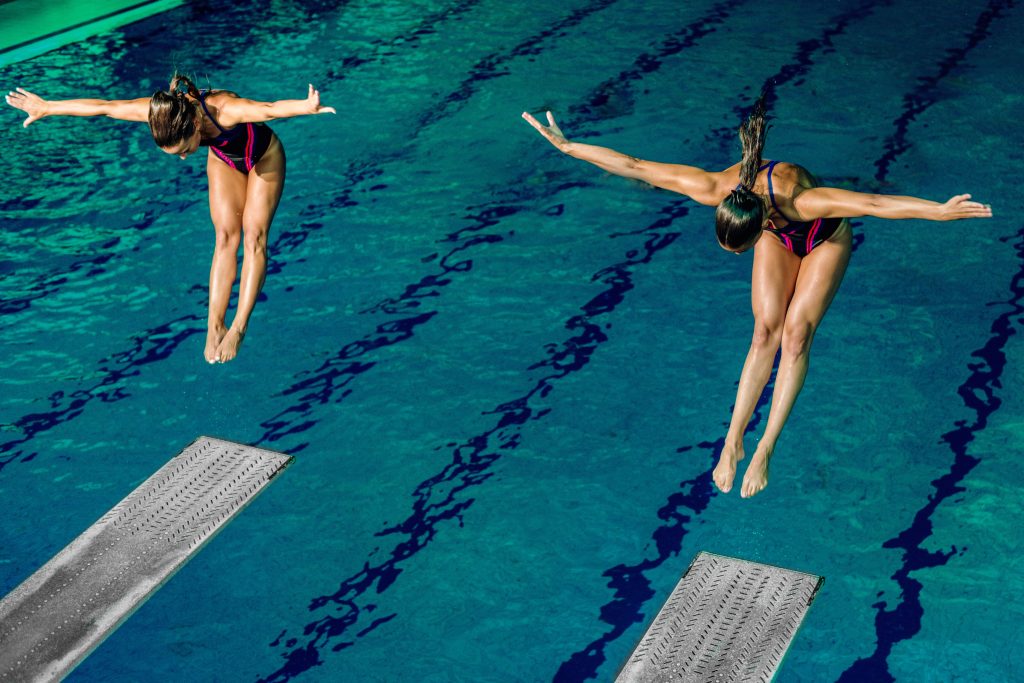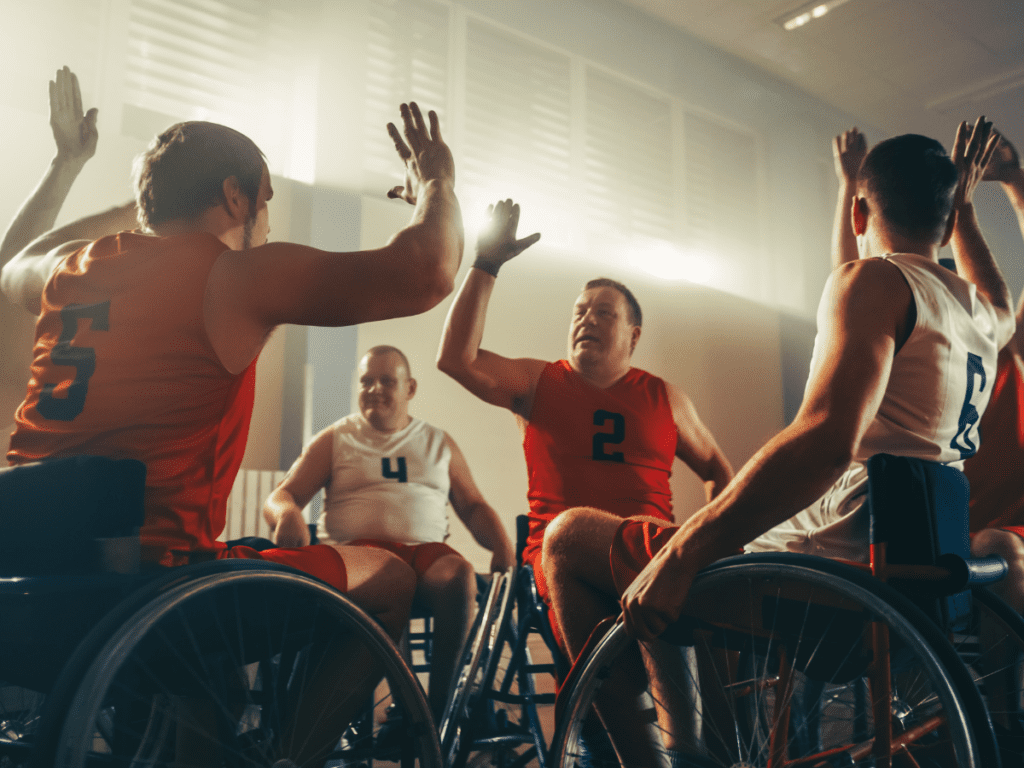Keeping Girls in Sport: Evaluating the Impact of an Online Coach Education Resource

International Day of the Girl is celebrated globally on October 11th, focusing attention on the need to amplify girls’ voices, advocate for their rights, and elevate their position in society. Within the Canadian sport and physical activity sector, International Day of the Girl provides a reminder of the persisting challenges girls and young women confront…
Exploring social support, sport participation, and rural women’s health using Photovoice

Project Summary Research Objectives: Conclusions: See Results Research methods Study participants used the photovoice method which includes picture taking with cameras, recording in log books, and group interviews. Participants first participated in a Research Orientation session, then took relevant photos and recorded in logbooks for two weeks, following which the log books were retrieved and…
Remembrance Day 2020
November 11th is Remembrance Day. Today, and every day, we remember Canada’s veterans, and their service and sacrifice for our country. Sport and physical activity programs can have a positive impact on the wellbeing of veterans experiencing physical disability or post-traumatic stress disorder (PTSD). Beyond providing enjoyable experiences, research finds participation can support personal growth…
Influencing Gender Equity through an Infographic

On the 2019 International Day of the Girl, the Valley Female Leadership Network (VFLN), in Nova Scotia’s Annapolis Valley, posted an infographic on the status of girls and women’s participation and leadership in sport and recreation. The infographic was shared across the country, but most importantly used by the VFLN and their stakeholders as a…
The role of LGBT-focused sport group involvement in reducing minority stress

Project Summary OBJECTIVES Sexual minority identity (e.g., gay, lesbian, bisexual, trans; LGBT) is largely stigmatized and stigmatization has been linked to detrimental mental and physical health outcomes. Sexual minority individuals are often motivated to conceal their identities to protect themselves from rejection but this concealment comes with the costs of anxiety about disclosure and preoccupation…
Getting the ball rolling: Sport and leisure time physical activity promotion among individuals with acquired physical disabilities

Project Summary Despite the physical and psychosocial benefits on engaging in sport as a form of leisure time physical activity (LTPA), only 3% of individuals with acquired physical disabilities participate in sport. This project was composed of four studies that the theoretical and contextual factors that influence sport participation in this population. The first study…
International Day of the Girl
Research shows girls and young women’s involvement in sport and physical activity is influenced by a number of people, including parents, siblings, coaches, and physical education teachers. In recognition of International Day of the Girl Child (Sunday October 11, 2020), consider your role in enhancing the participation and quality of sport experiences for girls.
Parents in Sport Week
Whether it’s driving kids to games and practices, teaching them to deal with wins and losses, or being an active role model, parents play an important role in supporting the participation of children and youth in sport – especially during COVID-19. From October 5th to 11th, join Active for Life for Parents in Sport Week – a time to celebrate the…
Rwandan girls’ perspectives on their lived experiences of physical education and sport: Challenges and solutions to sport participation

Project Summary The objectives of this research were to: Though this research took place in Rwanda, the tools developed to gather girls’ perspectives and feedback and to integrate them into decision-making processes are relevant and can easily be adapted to a Canadian context in order to contribute to a better understanding of physical education and…
Adapting Sport and Physical Activity for Individuals with IDD: Highlighting a Decade of Inclusion and Outcomes

The Adapted Physical Exercise (APEX) Research Group at the University of Windsor leverages the transformative power of sport and physical activity through inclusive, barrier-free programming for adults with intellectual and developmental disability (IDD). In collaboration with Community Living Essex County, APEX delivers volunteer-led, one-on-one fitness training at the University of Windsor’s fitness facility. The purpose of this article is to summarize our key findings and recommendations from…